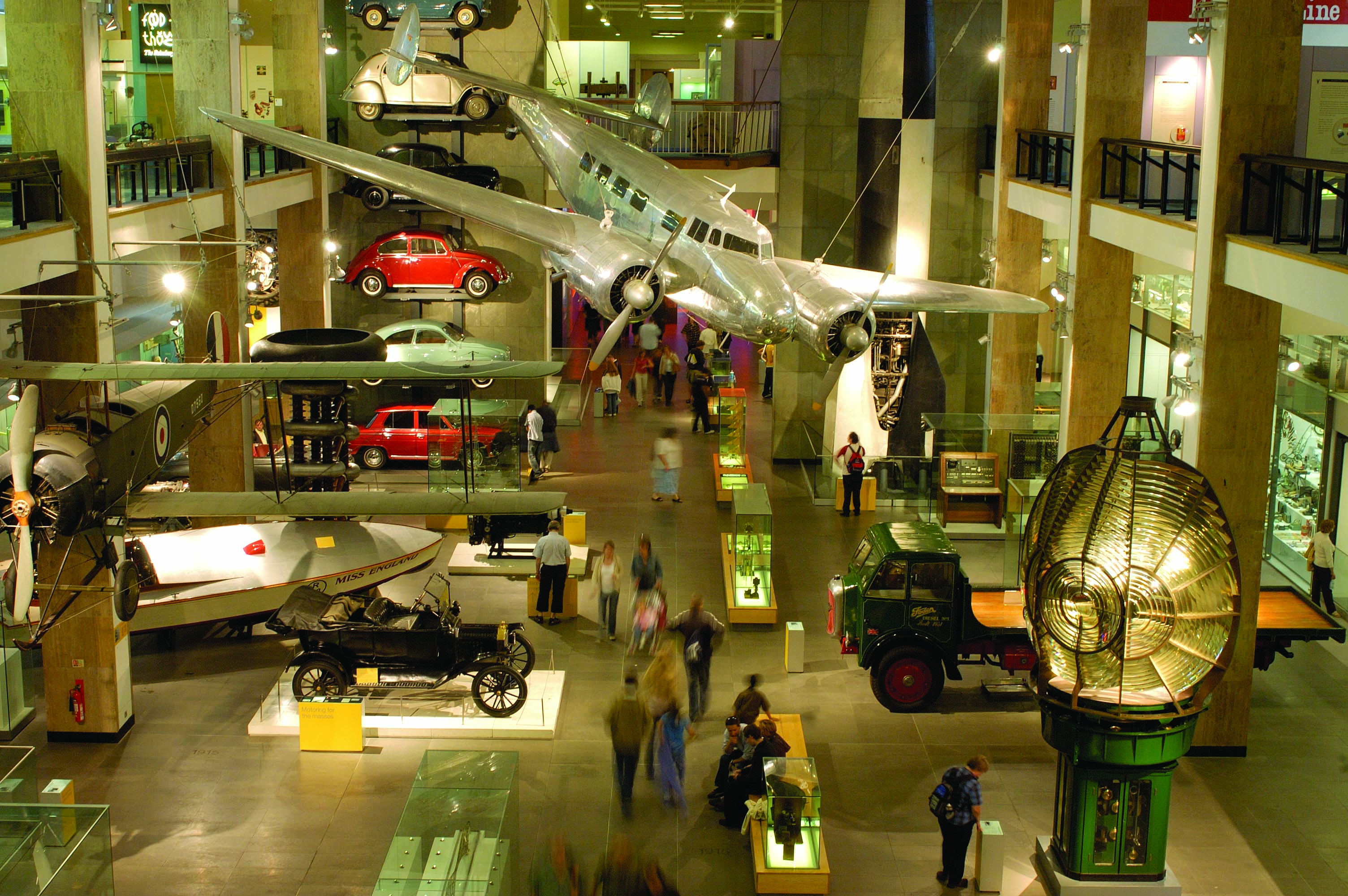Inventor in Residence Mark Champkins writes about drawing inspiration from the Science Museum. A selection of Mark’s products can be bought from the Science Museum.
Coming up with ideas and inventions “on demand” is tricky. I work as the Science Museum’s Inventor in Residence, and it is my job to generate a stream of products that are interesting to the science-savvy, whilst engaging to those new to the Museum. If possible the products should also be wildly popular and generate lots of income. No pressure then.
Fortunately, the Museum provides an incredibly fertile space for generating ideas. Though my ideas tend toward the quirky, rather than world-changing, there are so many examples of ingenuity, insight and inventiveness, it’s hard not to be inspired. But where to start?
It’s not widely known that the Science Museum is home to just 5% of the Museum’s collection. The majority is tucked away in Blythe House in London, and at Wroughton, a former RAF airbase in Wiltshire. However, as the Science Museum is a showcase for the most iconic items in the collection, for me, it is the richest source of ideas.

I’m particularly drawn to the Making the Modern World gallery. In many ways it is the centerpiece of the Science Museum. Located on the ground floor, it exhibits objects chronologically, on a timeline starting in the 1770’s in the heyday of the Industrial Revolution, and ending with the Clock of the Long Now, a clock mechanism intended to keep time for 10,000 years. Walking through the gallery, is walking through the recent history of human development.

There are a couple of items in Making the Modern World that have directly inspired new products. One of the first glass cases that you encounter in the gallery contains what looks like a whisk with an accompanying pot. In fact it is the apparatus, made by James Prescott Joule, that defines the standard unit of energy, or “Joule”. Filling the pot with water, a “Joule” of energy is defined as the energy required to whisk the water until it has raised the temperature of the water by one degree.

This device got me thinking about how SI units are defined, and of measurement in general, and led to the creation of the Word Count Pencil, a pencil that has a scale printed along it’s length, to estimate the number of words you have written as the pencil wears out. A Gramophone in one of the cases along the side of the gallery inspired the iGramo, non-electrical method to amplify iPhones. Electro-magnets in the central glass cases, inspired my Levitating Cutlery idea. A sample of the first pure aluminium inspired me to design an aluminium water bottle that is decorated with an explanation of how the material is extracted, refined, and formed into the bottle.
Often, as I sit amongst the items in the gallery, trying to think up new product ideas, is gratifying to imagine all the inventors and scientists whose work surrounds me, doing likewise. Conjuring up new inventions and ideas using the power of their imagination. It makes me want to think harder and try to achieve more, and I find that profoundly inspiring.
I would urge anyone tasked with generating ideas, or impressed by ingenuity to treat themselves to a trip to the Science Museum. You never know what you might come up with!